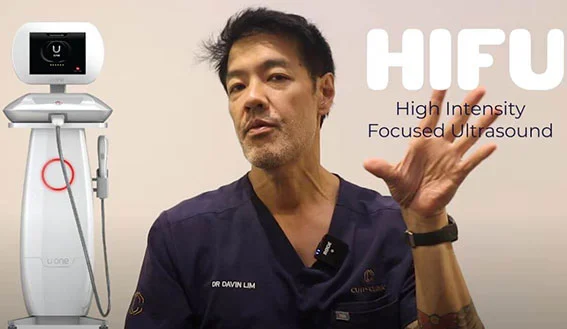When it comes to safety HIFU (High-Intensity Focused Ultrasound) procedure, it is important to note that the use of young faces in advertisements can create unrealistic expectations and mislead customers about the appropriate age for application and possible results. Along with the benefits, consumers should be aware that if HIFU cosmetic therapy is applied with inappropriate equipment settings and on risk areas, adverse reactions may occur.

Minimizing the risk of errors when applying HIFU therapies depends on two main factors: The quality of the equipment used and the experience of the dermatologist or cosmeticswho performs the cosmetic procedure.
On the market there are both certified professional HIFU devices with proven effectiveness (e.g. Ulthera, Ultraformer), as well as those of questionable quality. It is difficult for customers to assess whether a device meets all the standards (FDA/CE certificates), as the appearance and promises of rejuvenating results do not guarantee the actual quality of the technology.
The manufacturers of HIFU devices offer certification programs that familiarize specialists with the correct settings, application techniques, and possible contraindications. It is common practice for this training to be limited to manuals and video tutorials remotely. Such an approach is extremely inadequate because there is no real practice, no control, and no monitoring. The risk It is not to be underestimated. Improper use of the device can harm the health and well-being of the client.
The alternative for training are certified training centers or official distributors. But here too, attention is needed, the trainers themselves should have undergone adequate training. It is important to check whether the program is tailored to the specific model of device that will be used in practice. Added to this is the factor of local regulations. In different countries, the requirements vary from minimal to extremely strict, which directly affects the level of training and safety control. When these conditions are not met, the risk falls on the client, and when they are – they guarantee not only safety, but also real, sustainable results.